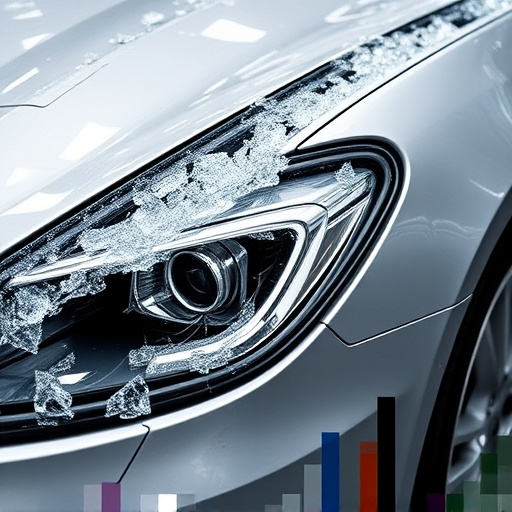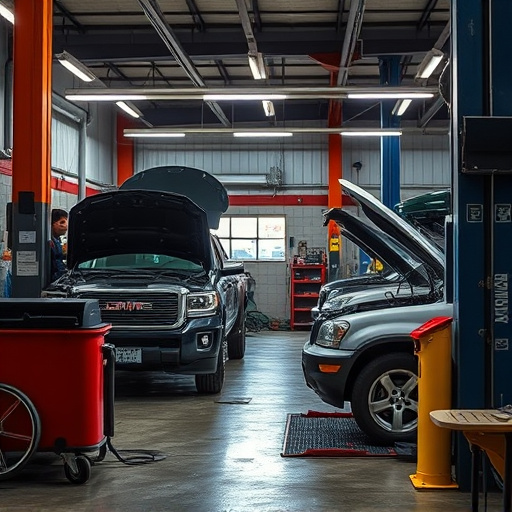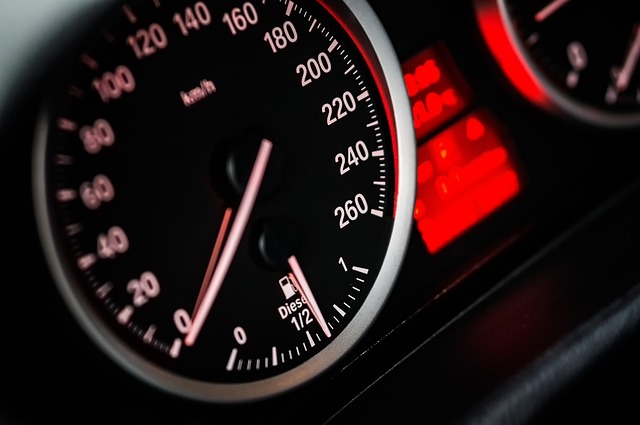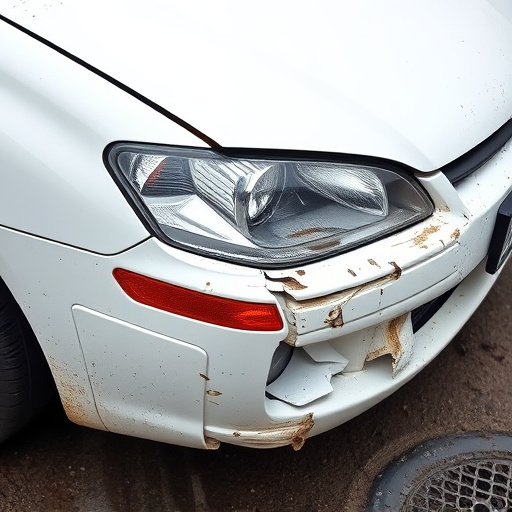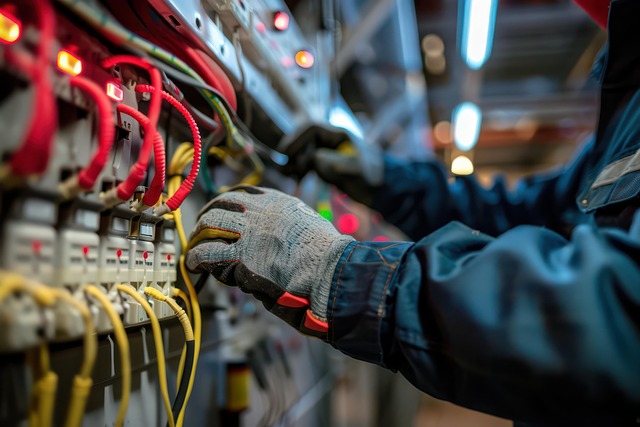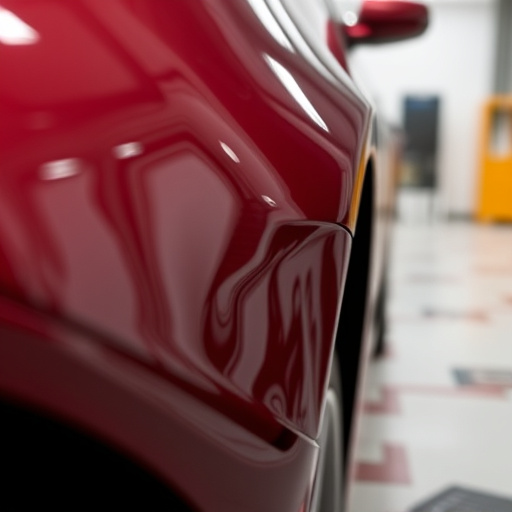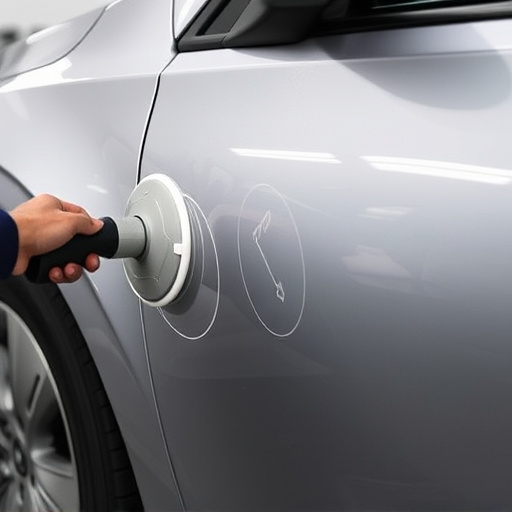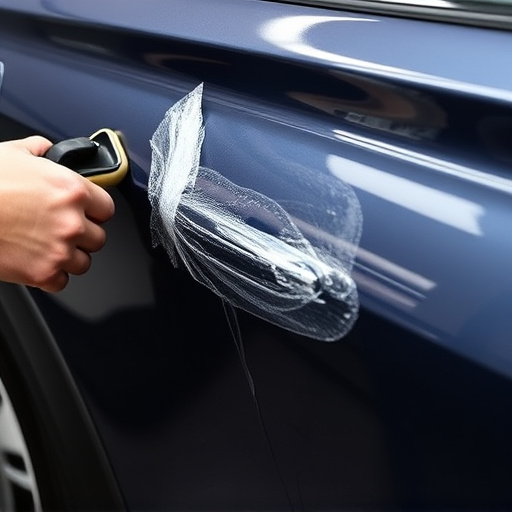PDR certification (Paintless Damage Repair) equips auto body technicians with specialized skills to restore vehicle exteriors without traditional paint jobs, offering cost-effective and time-saving solutions. This valuable credential demonstrates proficiency in repairing dents, scratches, and creases, preserving original factory finishes and maintaining vehicle value. Achieving PDR certification enhances reputations, opens career opportunities, and caters to cost-conscious customers seeking swift repairs, ensuring professionals stay ahead in the competitive auto repair industry.
“Discover the transformative power of PDR certification—a key to unlocking unprecedented opportunities in your career. This article reveals seven crucial secrets that every aspiring professional should know. From understanding the core concepts and benefits to navigating the certification process, we demystify this powerful credential. By embracing these insights, you’ll gain a competitive edge, enhance your reputation, and open doors to exciting new prospects in the ever-evolving automotive repair industry—all through PDR certification.”
- What is PDR Certification and Why Does it Matter?
- Unlocking the Benefits: How PDR Certification Can Enhance Your Career
- The Application Process: Demystifying PDR Certification Requirements
What is PDR Certification and Why Does it Matter?

PDR certification, short for Paintless Damage Repair, is a specialized skill set that empowers technicians to restore vehicles’ exterior appearances without the need for traditional paint jobs. This innovative process has revolutionized the auto industry by offering cost-effective and time-saving solutions for car paint services. With the increasing demand for impeccable vehicle aesthetics, PDR certification has become a valuable asset for any professional in the auto detailing and body work sectors.
Obtaining this certification signifies an individual’s proficiency in identifying and correcting various types of damage, such as dents, scratches, and creases, on a car’s surface. By mastering PDR techniques, technicians can provide high-quality auto body work, preserving the original factory finish and maintaining the vehicle’s overall value. This is particularly important in today’s competitive market where customers seek exceptional aesthetics alongside practical solutions for their automotive needs.
Unlocking the Benefits: How PDR Certification Can Enhance Your Career

Unlocking the Benefits: How PDR Certification Can Enhance Your Career
Obtaining a PDR (Paintless Dent Repair) certification opens doors to numerous advantages in the auto repair industry. In today’s competitive market, many car owners prefer non-invasive dent removal methods, making PDR a sought-after skill for both auto body shops and independent technicians. With this certification, you demonstrate expertise in a specialized field that can set you apart from peers. It allows you to cater to a diverse customer base, including those who value cost-effective and swift vehicle dent repair solutions.
By becoming certified, you gain access to advanced training, industry standards, and best practices that ensure high-quality work. This enhances your reputation as a professional in the auto repair shop or as an independent contractor. Moreover, PDR certification expands career opportunities, enabling you to manage more complex repairs, attract new clients, and potentially increase service offerings within your auto repair business.
The Application Process: Demystifying PDR Certification Requirements

Obtaining PDR certification is a significant step for professionals aiming to excel in the field of vehicle dent repair. The application process involves careful consideration of several key requirements. Potential candidates must demonstrate expertise in various aspects, including but not limited to tire services, fender repair, and bumper repair. This often entails passing rigorous examinations that assess their knowledge of techniques, tools, and industry standards.
Applicants are typically required to submit detailed applications, providing evidence of their training, experience, and proficiency in dent repair. This may include certifications from previous courses, work portfolios showcasing successful repairs, and references from peers or supervisors vouching for their skills. Once the application is reviewed and approved, individuals are cleared to take the final certification exam, which is a comprehensive evaluation of their abilities in both theoretical knowledge and practical application.
PDR certification is not just a credential; it’s a gateway to enhanced career opportunities and professional growth. By understanding its benefits and navigating the application process, you can unlock access to a world where your skills are valued, and your expertise shines. The secrets revealed in this article serve as a comprehensive guide, empowering you to take that first step towards a brighter future in the field of PDR certification.

